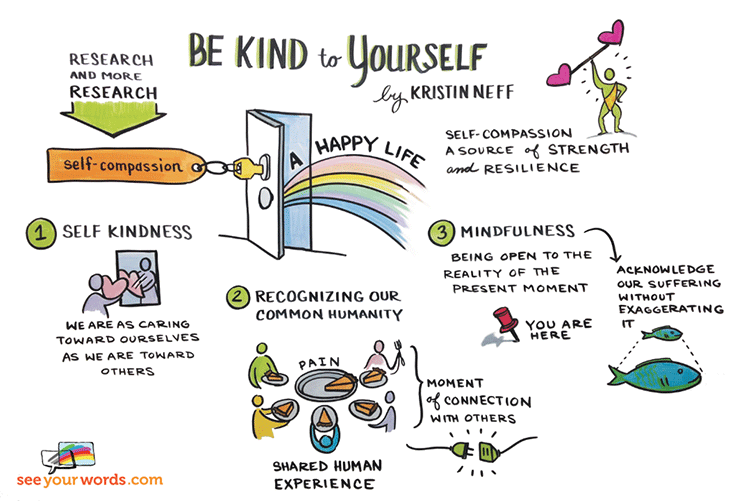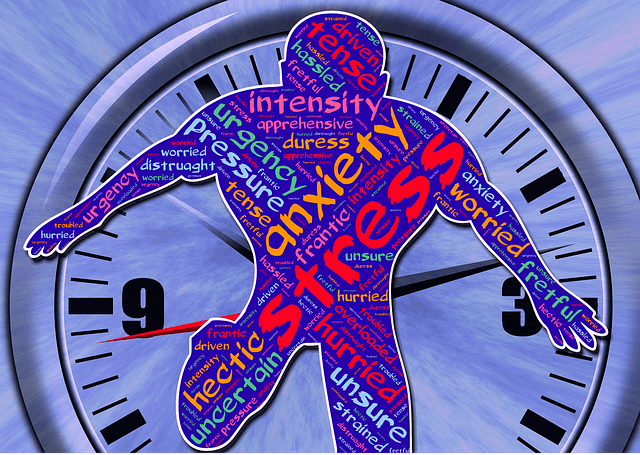The Changing Face of Work
At the height of his career my father occupied a senior position in a local government architectural department. He had a large team that he was responsible for and had to conduct delicate negotiations with councillors and politicians. In spite of his heavy workload my memories are of him coming home for an early dinner every evening. We had uninterrupted weekends and the regular round of holidays during which—because this was pre-technology—he was never pulled away by emails, texts, or reports to finish on his laptop. His work life balance was never in question.
Few of us would recognize such a working environment nowadays. For most of us technology has helped to break down the barriers between work and home. We can work on stuff from home and look for friends and partners at work. We don’t expect to keep one job for life—moving along a predictable career path does not feature as a realistic goal in today’s more fragile economy. Perhaps most important of all, we long for a sense of meaning and purpose at work—a feeling that with our work we can make a real contribution. Daniel Pink in his book, Drive: The surprising truth about what motivates us reveals that the idea that we work primarily for money is a fallacy. Of course, most of us need to earn a living but we are also motivated by the need to direct our own lives, to learn and create new things and to do better for ourselves and for the world. Belinda Parmar in her book, The Empathy Era backs this up with this statement,
69% of Millennials said they would work for less money at a company whose culture and values they admired.
Challenges to finding a good work life balance
However, this goal is not one that is always fulfilled for people. In his book, How to find fulfilling work, Roman Krnaric writes,
Most surveys in the West reveal that at least half the workforce are unhappy in their jobs. One cross-European study showed that 60% of workers would choose a different career if they could start again.
An article in the Irish Examiner last autumn stated that 82% of Irish workers are experiencing stress at work.
The thing is that the brain interprets the workplace primarily as a social system. This means that it responds to work events with corresponding threat and reward dynamics—a clash with your boss will feel as important to the brain as the need to find food and water. Social pain is processed in the brain in the same way as physical pain, so threats to our status, security and wellbeing at work trigger the same circuits in the brain as threats to our physical safety.
A carrot and stick work environment will enhance this threat response leading to high levels of stress, whereas being treated fairly, feeling that work is meaningful and that one’s contribution is valued will help reduce stress and lead to a more harmonious, productive work environment. A stressful working environment will close down creative possibilities in the mind and have corresponding effects on output.
What are the qualities of a workplace that values wellness?
A work environment that provides good standards of wellbeing is more likely to be made up of people who are more loyal, more productive and provide better customer satisfaction. It is an outdated view that holds that staff wellbeing is an optional extra.
A recent report published by the New Economics Forum, identified five elements that are fundamental to wellness in the workplace.
-
A healthy work life balance
People want to work hard but not excessively so. Those working more than 35-55 hours a week tend to experience higher levels of stress.
-
Staff feel their skills are used and acknowledged
People want to contribute according to their level of expertize and to feel they are developing in their jobs. Feeling under-used is a potential source of stress.
-
People experience some degree of control in their jobs
Few people welcome being micro-managed and want to establish relationships of trust with their managers in order to enjoy a degree of autonomy at work. When this is not present, then stress levels rise.
-
Healthy work relationships
Workers want to have relationships at work that are supportive, respectful and understand mistakes, while avoiding blame. The impact of positive working relationships can be more influential in job satisfaction that an increase in pay.
-
Fair pay
After a certain level of remuneration, the benefits to wellbeing decrease but if income falls below a basic level then levels of job satisfaction decrease accordingly.
When these factors are in place, the workplace is more productive, efficient and happy place to work. Employees are less stressed and more satisfied with their jobs. They experience more loyalty and engagement and staff turnover is lower.
How meditation and compassion help in establishing good work life balance
Research conducted at Harvard University in 2010 found that for 46.9% of our waking lives we are thinking about something different from what we are doing and that this mind wandering does not make us happy. This means that for more than half of our time at work we are operating on a kind of automatic pilot and we are not fully present to our own experience or to the people around us. Meditation has been practiced in the Buddhist tradition for more than two thousand years but within the last twenty years research from neuroscientists is providing a foundation for what practitioners of meditation already know—it helps us to develop our attention and to become more present.
When we are able to stay present rather than ruminating on what might or might not happen if we take this or that action, we free up a lot of our energy and attention that would otherwise be caught up in anxiety and stress. We have the capacity to listen to other people without running a commentary in our minds that overshadows what they are wanting to communicate to us. We can manage our own emotions and moods more effectively because we can see more clearly what we are doing. From there it is a natural development to manage relationships with others with more openness and tolerance and less criticism and judgement.
Psychology professor, Jonathan Haidt has coined the term ‘elevation’ to describe the ripple effects of acts of kindness. We do not need to be involved in the action ourselves but simply by witnessing a person perform a kindness for another we experience an uplifting feeling, which makes us feel good. Applied to the workplace actively developing kindness and compassion helps to spread an attitude of service and commitment among staff. As they learn to care for themselves with compassion they extend that heightened understanding to others.
As with meditation, a compassionate working environment is likely to encourage staff to stay in their post, to need less sick leave and experience a reduction in stress.
What can we do as individual employees?
The great news is that meditation and compassion are trainable skills. We can learn to work with our thoughts and emotions in order to achieve a higher degree of wellness at work. The big take-home message from neuroscience our that our brains change according to our experience. As we start to train ourselves in meditation and compassion our brains gradually change to support our new habits.
As we saw earlier, having a sense of being in control at work is a very important factor in wellness and yet for so many of us this seems out of our reach. So much of what we do at work is in response to directives we don’t always agree with, for people with whom we feel we have little in common. The answer here is to learn to take control of ourselves in a fresh and meaningful way. We can pay attention to how we draw on our own strengths, skills and experience. Through training in meditation and compassion we can take control of how we react to any situation—whether it is one we like, or one we have trouble with. We can learn to view our work colleagues in a new light and try giving them the benefit of the doubt rather than feeling frustrated and stressed.
At the heart of it all is learning to view ourselves with kindness and compassion. Instead of demanding an unreachable level of perfection from ourselves we can learn to work with our imperfections and vulnerabilities with mindfulness and kindness. This gives us a stable foundation from which to reach out to other people in the same way.
Hello there!
If you found this blog useful, you could try this online course
9 Ways to Work Better with your Work Frustration
You can find out more here







